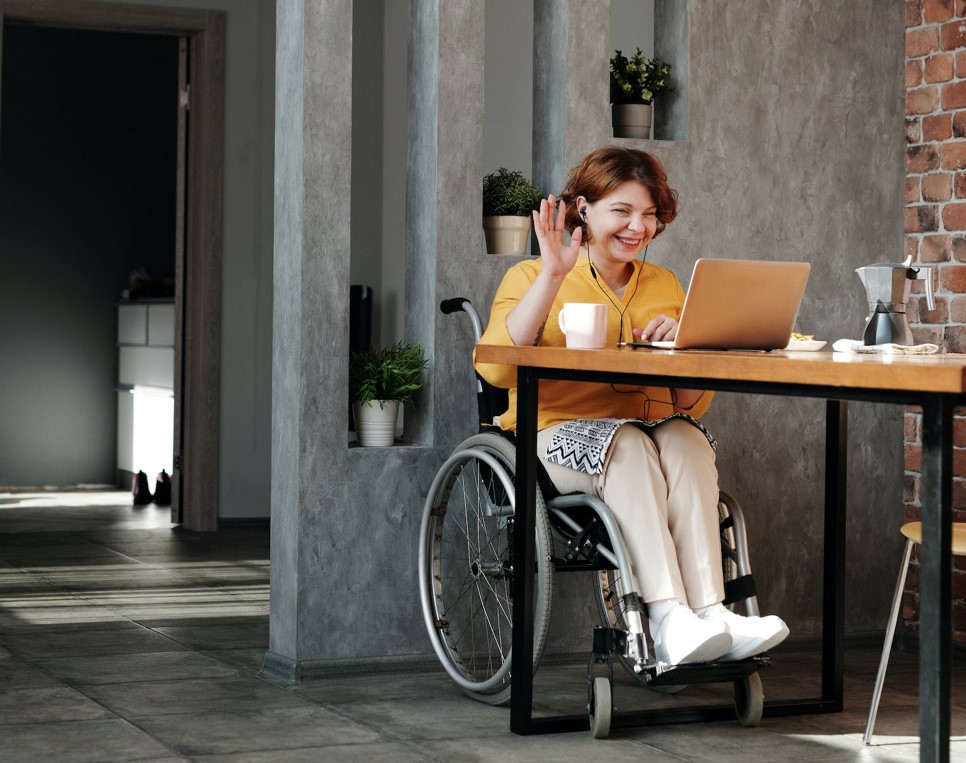
How to Increase Your Patients’ Mobility Around the Home
Most healthcare professionals understand how much housing and living arrangements can impact the lives of people with disabilities. The more well-designed a house is, the more mobile the occupants can be and the more independence they might gain.
Housing support workers can work closely with home occupants to put mobility measures in place, but it’s not always easy knowing where to start. Lay a foundation for independence by beginning with the following alterations and additions.
Ramps
Most experienced NDIS housing support providers understand that being able to enter and exit a home safely is one of the most crucial elements of gaining and maintaining independence. If wheelchair users must navigate stairs or steep hills to enter their homes, they might struggle to live independently without the support of caregivers and loved ones.
Once a ramp is installed at one or more entrances, they gain much-needed independence to form part of the community around them. Sometimes, ramp installation inside homes can also be necessary, especially in structures with step-down and step-up areas.
Grab Rails
Housing support providers trying to make houses more user-friendly for those with mobility challenges and to prevent falls might like to consider grab rail installation. Horizontal, vertical, inclined, and angled grab rails can all be worth considering for showers, toilets, entry points, and other parts of the home.
Falls are Australia’s leading cause of injury hospitalisation and death, resulting in 243,000 hospitalisations in 2020-2021 and 5,300 deaths the year before. In 7% of falls, stairs and steps were involved. Grab rails might not prevent all falls, but they might still contribute to lower fall statistics.
Bathroom Alterations
When occupational therapists evaluate their clients’ needs, they often recommend equipment to make their lives easier. Usually, wet areas like bathrooms are of particular importance. They might suggest permanent bathroom alterations like walk-in showers and non-slip flooring or removable equipment like support grip bars and bath chairs.
Any bathroom modification should be suggested with the safety and mobility of the client in mind. People living with mobility issues might then be able to take care of their showering and toileting needs without the assistance of others.
Wider Doorways
The standard door width in Australia is 820mm, but wheelchair users might find it challenging to navigate doorways of this width. If you intend to make home alterations to improve the independence and safety of a wheelchair user, recommend doors with a minimum width of 850mm. This measurement is the minimum unobstructed width, meaning that door handles and stops must be outside a door.
The NDIS provides Specialist Disability Accommodation Design Standards with guidance on how wide to make doorways depending on the user. For example, independent wheelchair users can be accommodated with 900mm doorways, while wheelchair users with assistants might require 950mm doorways.
Flooring Changes
Flooring can be a significant consideration when you’re planning to make a home safer for a client with mobility challenges. Loose rugs can be slip and trip hazards, and smooth tiles might increase the risk of fall injuries. Non-slip mats, short-pile carpet, and flooring options with textures for increased grip might all be options you explore.
NDIS housing support providers aim to make their clients’ homes safer while helping them increase their independence. Start with these actions above, and you might make more of a difference in people’s lives than you think.
